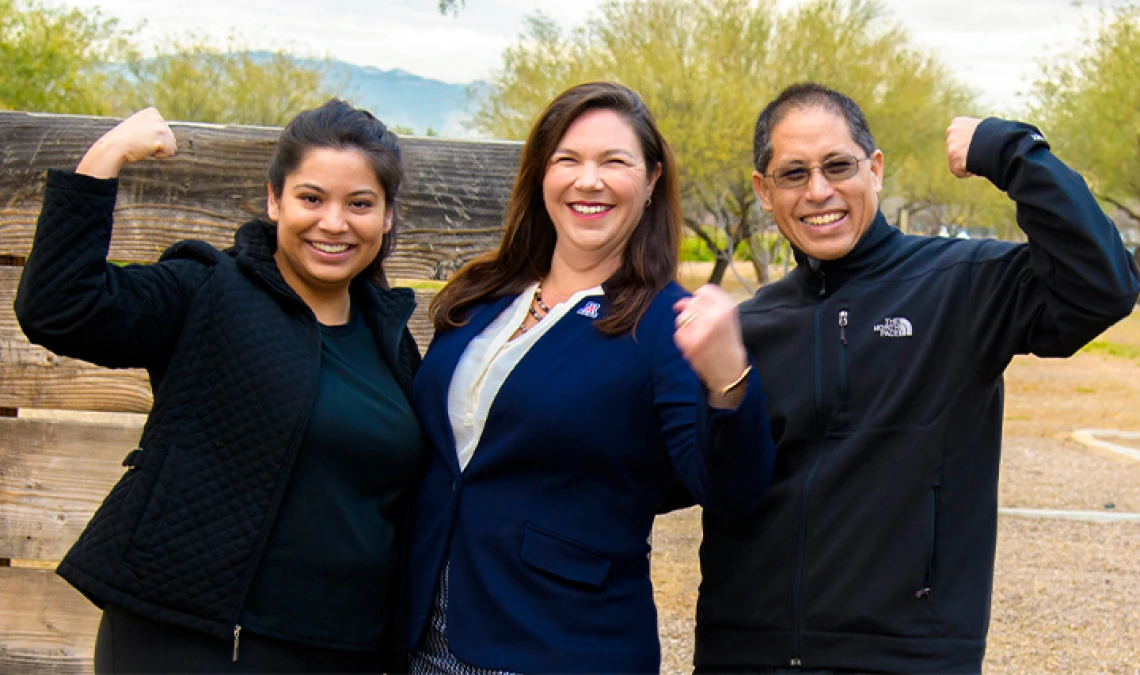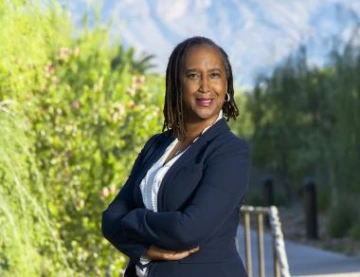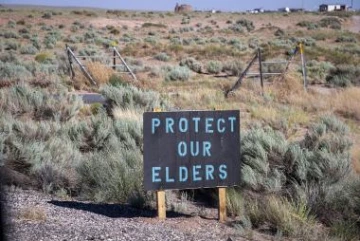How Cultural Understanding Can Improve Health Care for All
‘Cultural competence’ is more than a buzzword — it could be the difference between wellness and sickness, care and neglect.

The negative impacts of prejudice, inequity and bias can be difficult for the general public to appreciate until, perhaps, a violent incident brings them into sharp focus. But for some groups and individuals, each day of life can be affected in multiple ways, including their state of health, access to health care, and even the outcome of a disease or injury.
jennifer-hatcher_klh9874-inline.jpg

As associate director of community outreach and engagement for the Cancer Center, Jennifer Hatcher, PhD, says a diverse scientific workforce will help society move toward health equity.
“Nowhere are the divisions of race, ethnicity, and culture more sharply drawn than in the health of

As associate director of community outreach and engagement for the Cancer Center, Jennifer Hatcher, PhD, says a diverse scientific workforce will help society move toward health equity.
the people in the United States,” according to the Centers for Disease Control and Prevention website. “Despite recent progress in overall national health, disparities continue in the incidence of illness and death among African Americans, Latino/Hispanic Americans, Native Americans, Asian Americans, Alaska Natives, and Pacific Islanders, as compared with the US population as a whole.”
There is a path out of those disparities, the CDC says. It starts with developing cultural competence: understanding cultures different from one’s own, and learning how to function in the context of other cultures.
Professors from the University of Arizona Health Sciences are sharing their successes in cultivating understanding and respect of different cultures to improve scientific research, and ultimately patient care.
What is cultural competence?
According to the U.S. Department of Health and Human Services, cultural competence involves “a set of attitudes, perspectives, behaviors, and policies that promote positive and effective interactions with diverse cultures.” Put plainly, it’s being aware that not everyone is a member of the same culture — a reminder to check one’s assumptions at the door. High cultural competence helps scientists and health professionals address many of the health disparities affecting underrepresented communities.
“I think we as researchers have to understand that we will never know everything about any culture, and that our scientific, Western culture does not reign supreme,” said Jennifer Hatcher, PhD, professor at the University of Arizona Mel and Enid Zuckerman College of Public Health in Phoenix. “The best way that researchers can conduct their work is to be open to any culture and partner with people to get to where they want to go, versus where we’ve decided they should be.”
Lost in translation
Other Health Sciences researchers know language barriers can keep someone from seeking care, or make it difficult to understand what their health care provider is saying. If someone doesn’t speak English and their health care providers don’t speak their language, important information and subtleties can be lost in translation.
jennifer_bea-uoa_0040-inline.jpJennifer Bea, PhD, says it’s important to conduct research with communities, not on communities.

Jennifer Bea, PhD, says it’s important to conduct research with communities, not on communities.
Jennifer Bea, PhD, associate professor at the College of Medicine – Tucson, and her colleagues at Northern Arizona University, Dirk de Heer, PhD, and Anna Schwartz, NP, PhD, have conducted extensive research with cancer survivors and family members from Navajo Nation. Dr. Bea says it is important to have people on her team from the community to support participants in the research, because without an “insider” perspective, valuable connections could be lost.
“If it’s me bombarding a research participant with my Western way, are they going to open up to me?” Dr. Bea asked. “Or are they going to open up to someone who can relate to their culture and language fluidly? Certain topics may be discussed in the traditional language, and certain topics may be discussed in English. Some people really need both to be more comfortable sharing sensitive things, especially related to cancer and cancer treatment.”
When patients aren’t connected with health care providers who understand their culture or speak their language, serious failures in communication can occur. Dr. Bea, who is also an associate research scientist with the Cancer Center, gives the example of a well-meaning physician whose interaction with a Native American cancer survivor ultimately failed the patient.
“A provider said, ‘I hope I don’t see you here again,’ which was misinterpreted by the patient as they didn’t want to see the patient anymore. They never came back for follow-ups and check-ins,” Dr. Bea says. “That should not happen. There should be strong communication between clinical staff and the clients they’re serving. We need to adapt to the needs of the community, not the other way around.”
Bringing additional voices to the table
It’s also important for scientists and health professionals to understand the communities they’re hoping to serve, which they can do by learning more about cultures beyond their own, and by including people from those cultures on their teams and supporting them in leading their own research teams.
“Having a diverse workforce allows us to challenge assumptions,” said Dr. Hatcher, who is also

A sign on the Navajo Nation reminds people to wear masks to protect older residents.
associate director of community outreach and engagement for the Cancer Center. “Though I don’t carry the banner for all African American folks, I do have some inherent understanding of the things that go on in African American communities. The more we diversify the scientific workforce, the more we will be able to understand the people we are interacting with. It works a lot better if everybody has a voice at the table.”
Dr. Bea says cultural competence goes beyond overcoming linguistic barriers — understanding a patient’s or a research participant’s culture can help establish rapport.
On the Navajo Nation, “The first thing you do when you meet somebody is greet them in a certain way — sharing who you are and your family lineage,” Dr. Bea said. “There’s this relational network that’s beautiful and honored every time someone meets somebody. That acknowledgment from the outset that we’re together, we’re family, creates an opportunity for better communication going forward, which is important for clinical care as well as wellness training.”
By working toward cultural competence, health professionals can provide more compassionate and effective care to their patients, and researchers can build trust with the communities they’re studying — important steps toward addressing the health disparities affecting so many underrepresented communities.
“As long as we keep adapting to what the world looks like, we will keep moving toward health equity,” Dr. Hatcher said.




